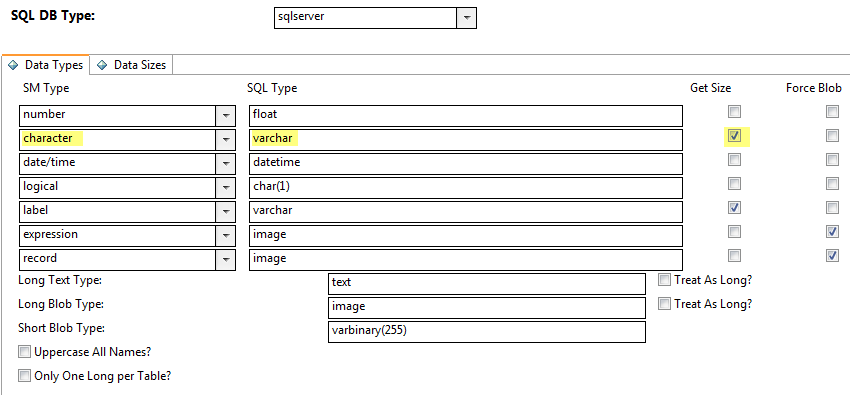Searching the Help
To search for information in the Help, type a word or phrase in the Search box. When you enter a group of words, OR is inferred. You can use Boolean operators to refine your search.
Results returned are case insensitive. However, results ranking takes case into account and assigns higher scores to case matches. Therefore, a search for "cats" followed by a search for "Cats" would return the same number of Help topics, but the order in which the topics are listed would be different.
| Search for | Example | Results |
|---|---|---|
| A single word | cat
|
Topics that contain the word "cat". You will also find its grammatical variations, such as "cats". |
|
A phrase. You can specify that the search results contain a specific phrase. |
"cat food" (quotation marks) |
Topics that contain the literal phrase "cat food" and all its grammatical variations. Without the quotation marks, the query is equivalent to specifying an OR operator, which finds topics with one of the individual words instead of the phrase. |
| Search for | Operator | Example |
|---|---|---|
|
Two or more words in the same topic |
|
|
| Either word in a topic |
|
|
| Topics that do not contain a specific word or phrase |
|
|
| Topics that contain one string and do not contain another | ^ (caret) |
cat ^ mouse
|
| A combination of search types | ( ) parentheses |
|
Determine the data type of the array sub-element
Next, determine what data type the array sub-element will require in SQL terms. You can use the ITSMA Service Management sqldbinfo table as a guideline for mapping a Service Management data type to a SQL data type. For example, the assignment.groups sub-element uses the character data type. According to the sqldbinfo table, a character data type maps to a varchar data type on Microsoft SQL server.

Verify that your SQL data type mapping meets your data needs. Ideally, you want to identify the source of your data and match its SQL mapping. For example, the source of the assignment.groups field in the operator table is the name field in the assignment table. When you look at the database dictionary for the source data, you see that the source data is mapped as a varchar(60) data type.

In this example, we shall remap the array sub-element to use the varchar(60) data type to match the source data type.
We welcome your comments!
To open the configured email client on this computer, open an email window.
Otherwise, copy the information below to a web mail client, and send this email to docs.feedback@hpe.com.
Help Topic ID:
Product:
Topic Title:
Feedback:





